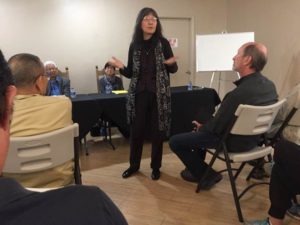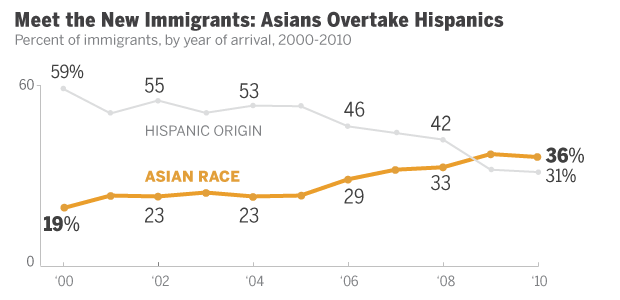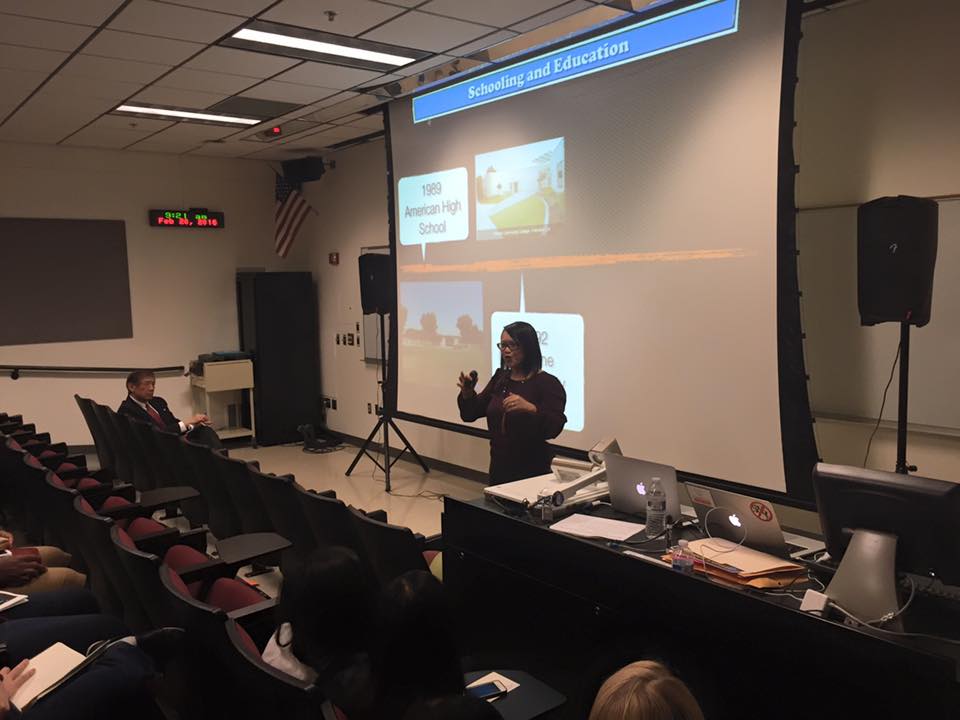This is a recap of most of my remarks at a recent Feb. 18, 2017 Day of Remembrance event at the Tucson Desert Art Museum, where there are currently 3 ongoing art & history exhibits on the WWII internment camps. About 120,000 Japanese Americans civilians (2/3 were U.S. Citizens, ½ were children) were rounded up by the US Government and incarcerated into 10 large relocation centers in desolate parts of America (including two camps in Arizona). It is fitting to publish these remarks today, February 19, 2017, on the 75th anniversary of the signing by President Franklin D. Roosevelt of Executive Order 9066 which caused this unjust relocation & internment.

“I am Sansei (3rd generation) from Hawaii, as my grandparents Hyakuji and Tai Sugiyama left Hiroshima and arrived in June, 1892 to the Kingdom of Hawaii before it fell in 1893. They became impoverished, indentured servants on sugar plantations in Hawaii. My grandparents had 8 children and my father Sueo was the last and youngest.
My father was the 1st in his family to go to college (University of Hawaii at Manoa) and was unfortunately in Los Angeles at USC Dental School when Pearl Harbor was bombed on December 7, 1941. He was summarily expelled from USC due to his race, along with other Japanese American students. My father nicknamed Francis (a U.S. Citizen) did not return home to Hawaii, but stayed in Los Angeles, later obtained a “voluntary” pass from Western Defense Command General John DeWitt and fled to Chicago. He left his belongings with a Jewish woman in L.A. and she subsequently shipped them to him. He stayed in Chicago, took classes at Loyola University, then got re-admitted to Dental School at the U. of Maryland, finishing in 1946. (I found out later that about 500 others also got passes and voluntarily left the West Coast for inland states.)
Fast forward to me as a young attorney practicing law on the island of Kauai, when I decided to go to Washington D.C. to work for U.S. Senator Daniel K. Inouye. How did I know the Senator? He had always been in our family discussions (“Cousin Dan”), as he was married to first cousin Maggie, the 2nd of 6 daughters of Aunty Omitsu Sugiyama Awamura of Honolulu. Aunty was my father’s 2nd oldest sister of the 8 children of my immigrant grandparents. My father had been the last born of the 8 children, and was more then 20 years younger than the oldest siblings.
Dan Inouye and cousin Maggie were married before I was even born. Inouye was a decorated combat veteran of the 442nd Regimental Combat Battalion, lost his right arm in the war, had been elected as Hawaii’s first Congressman in 1959 (when Hawaii became a state). He became a U.S. Senator in 1963, and attended by older brother’s high school graduation when I was 16 (when I first met him).




